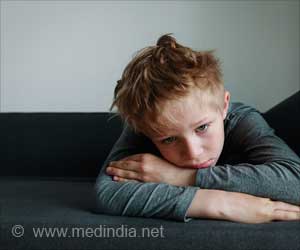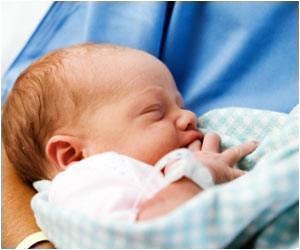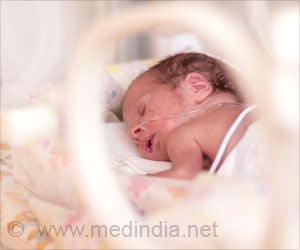A new study has shown that children whose families move frequently or live in overcrowded conditions are more likely to suffer from hunger and poor health than those in stable housing.
If a child is constantly made to shift homes or lives in overcrowded below-par conditions; he/she is more likely to suffer hunger pangs and poor health than fellow friends in stable housing.
The study was carried out by the Children's Sentinel Nutrition Assessment Program (C-SNAP), which has the largest clinical data base on poor children under age three in America.The study found that over 38 percent of families with children under age three interviewed in Boston Medical Center's emergency room had moved more than two times in the previous 12 months, lived in overcrowded conditions, or were doubled up with another family.
The study calls these families the "hidden homeless".
Children whose families had moved two or more times were almost twice as likely to be in poor health as children in stable housing.
According to C-SNAP founder, Deborah A. Frank, director of BMC's Grow Clinic, "Like so many of the economic conditions hurting our young children 'hidden homelessness' is an invisible problem until doctors see it written on the bodies of infants and toddlers."
The report estimates that there are at least 14,800 "hidden homeless" families in Boston and the number is likely to grow as the economy declines.
"When you've lost your job and can't afford the grocery bill, electricity bill, and rent, trade-offs are made and family health suffers," she added.
"The hope is that this report can serve as a guide for beginning to solve this crisis," said Megan Sandel, MD, a pediatrician at BMC.
"The economic events this winter serve as the perfect storm for our patients. We call on legislators to make these policy prescriptions a reality for the better health of our children," she added.
Source-ANI
TAN/M
 MEDINDIA
MEDINDIA




 Email
Email







